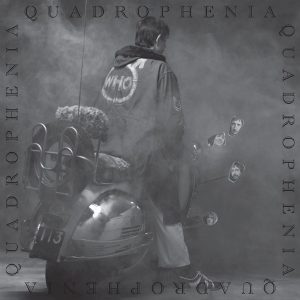Meanwhile, on trivia corner: which band’s second album contained the contributions of a member who left, rejoined and left again all within the space of nine months?
The answer is Traffic, whose self-titled sophomore release charted on October 26, 1968. It had come together just in time to capture the restless spirit of Dave Mason, during the few months in which he was back in the line-up before departing again (and then rejoining once more, for another short spell a few years later).
After the three Top 10 UK singles of the band’s initial period in 1967 (“Paper Sun,” “Hole In My Shoe,” and “Here We Go Round The Mulberry Bush”), Traffic had started their transition to a more mature, album-oriented sound with their first LP at the end of that year, Mr. Fantasy. The new, simply-titled set again had them working with New York producer Jimmy Miller. He was doubling up between these sessions and his initial work with the Rolling Stones, which emerged a few weeks later on the Beggars Banquet album.
Traffic was made during the brief period in which Messrs Winwood, Capaldi and Wood persuaded Mason, who had first left the group early in 1968, to return for these sessions. With his pop sensibilities somewhat at odds with the more jazz-oriented leanings of his bandmates, he was gone again by the time the album started its chart ascent.
Dave left behind four of his own songs, including the enduring “Feelin’ Alright,” and a co-write with Jim Capaldi, “Vagabond Virgin,” before departing for the multi-faceted career he had hinted at with his production, that same year, of Family’s first album, Music In A Doll’s House.
Listen to the best of Traffic on Apple Music and Spotify.
Traffic entered the UK album chart at No.27, but took precisely one more week to become their first Top 10 LP, jumping to its No.9 peak. Very surprisingly, it turned out to the band’s only LP to make that upper ground in their home country.
Buy or stream Traffic.




